Study finds neuromonitoring improves surgical outcome without impacting hospital charges

Over the last few decades, intraoperative neuromonitoring (IONM) has gained popularity as a means of identifying neurological complications during complex spinal surgery, before they become permanent. Studies indicate that the incidence of neurological complications has decreased from 3-4% in the late 1970s to 0.5-2% recently, perhaps as a result of IONM.
Cleveland Clinic is a non-profit academic medical center. Advertising on our site helps support our mission. We do not endorse non-Cleveland Clinic products or services. Policy
“In surgery, we can easily see the bones, but the spinal cord is hidden,” says Cleveland Clinic’s Ryan Goodwin, MD. “Surgeons using IONM are alerted if too much stress is placed on the spinal cord, allowing them to back off and change their approach.”
In spite of IONM’s potential to reduce significant neurological injury, a recent study, led by Dr. Goodwin, found surprisingly low utilization of the technique in patients under 18 years old undergoing spinal fusions to correct pediatric scoliosis.
Using the National Inpatient Sample (NIS) database, researchers assessed the impact of IONM on surgical outcomes, including length of stay, discharge disposition, in-hospital complications and hospital charges, in 32,000 cases logged in the database from 2009 to 2012. Results indicate IONM was utilized in only 18% of the spinal fusions. This is a significant departure from previous studies, which found IONM use in roughly 65% of similar surgeries in adults. IONM was associated with increased home discharge and did not significantly impact the cost of care. The incidence of complications was lower in cases using IONM, though this difference was not statistically significant upon multivariate analysis. While there were no mortalities among the IONM group, 49 patients (0.2%) who did not receive INOM died.
While difficult to quantify, the cost of a long-lasting and potentially permanent neurological injury is considerable for patients, their families and healthcare systems. This study shows that IONM improves patient outcomes without significantly impacting cost.
IONM has been associated with increased costs in previous research; however, those studies involved less complicated spinal procedures conducted on adult populations. The overall cost of this type of surgery is lower in general, and would be more sensitive to the costs of IONM.
According to Dr. Goodwin, “In large, academic medical centers, we view IONM as the standard of care in complex spinal surgeries. Our results indicate that these surgeries are being performed in centers that may not recognize the value of IONM. Not all spinal surgeries require this level of neuromonitoring—the vast majority of these surgeries are to treat degenerative conditions in adult patients. But in any instance when you are changing the shape of a spinal cord, it is critical.”
This study is the first to assess the impact of IONM on surgical outcomes in pediatric spinal fusion on a national level. Limitations include the potential for coding inaccuracies within the NIS database, which relies on ICD-9 codes, as well as the lack of clinical details regarding surgical complications.
Pediatric scoliosis is a sideways curvature of the spine, which can be diagnosed in infancy, childhood or adolescence. About 7 million people in the United States (2%) have this condition. When scoliosis is mild, it can be managed through regular monitoring. If it progresses, however, the condition often requires surgery as it can impact the heart and lungs. Scoliosis effects both girls and boys, but girls are 10x more likely to require surgical correction. Symptoms can include uneven shoulders, constant leaning to one side, uneven leg length, prominent shoulder blade(s), an uneven waist and elevated hips.
Surgery is considered the most effective treatment to correct spinal deformity in pediatric scoliosis; however, it carries significant risks. Any time a procedure involves manipulating the vertebral column and neural structures there is risk of injury to the spinal cord. If the spinal cord or nerve roots are stretched too much, or there is direct injury during implant placement or from patient positioning, potentially long-lasting neurological complications, including muscle weakness, paralysis or hearing loss, can result.
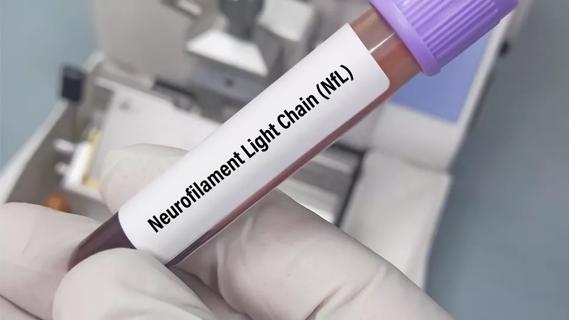
Perhaps, with caveats: sNfL elevation has low sensitivity and lags MRI activity by at least a month

Awards fund research on oxidative targets, immunometabolism, spatial navigation testing and more
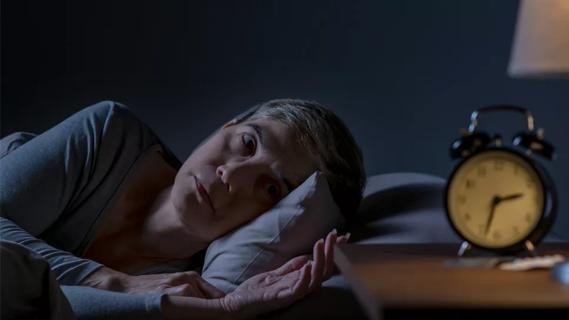
Large cohort study suggests need for routine sleep screening as part of neurological care
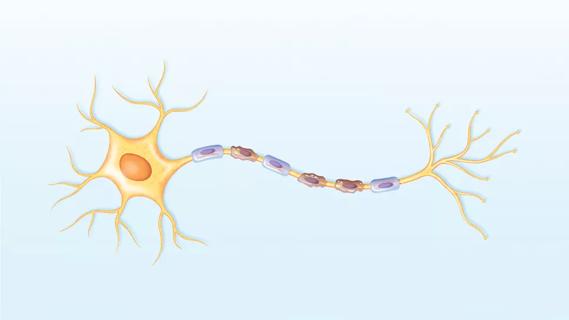
Early experience with the agents confirms findings from clinical trials

Determining the right dose and injecting in the right muscle can be challenging
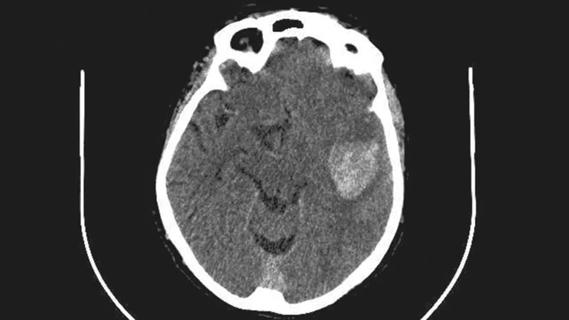
ENRICH trial marks a likely new era in ICH management
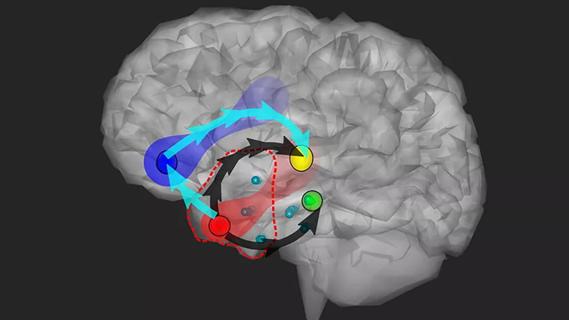
Study combines intracranial electrophysiology and SPECT to elucidate the role of hypoperfusion

New research sheds light on a potentially devastating condition that is reversible when properly managed